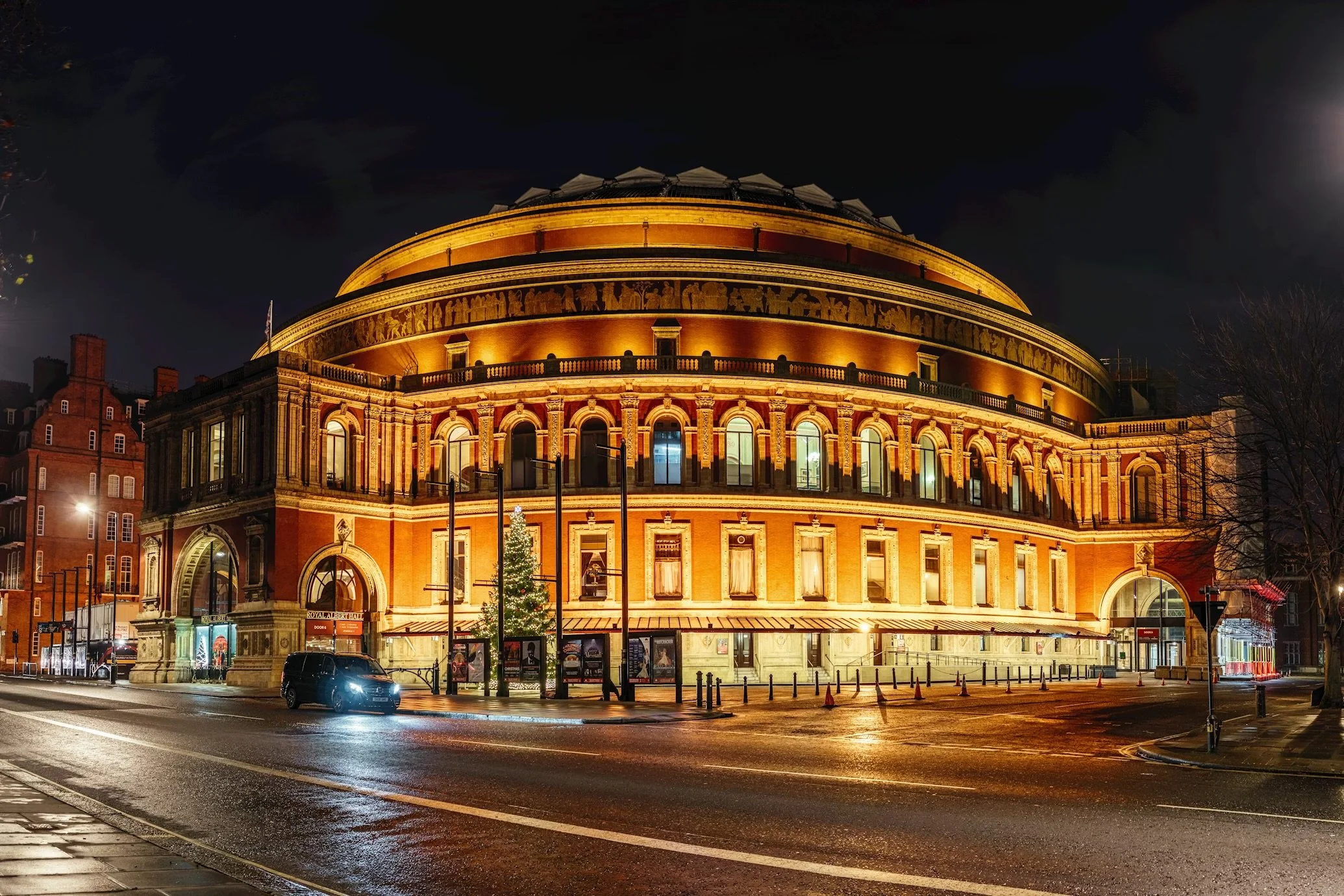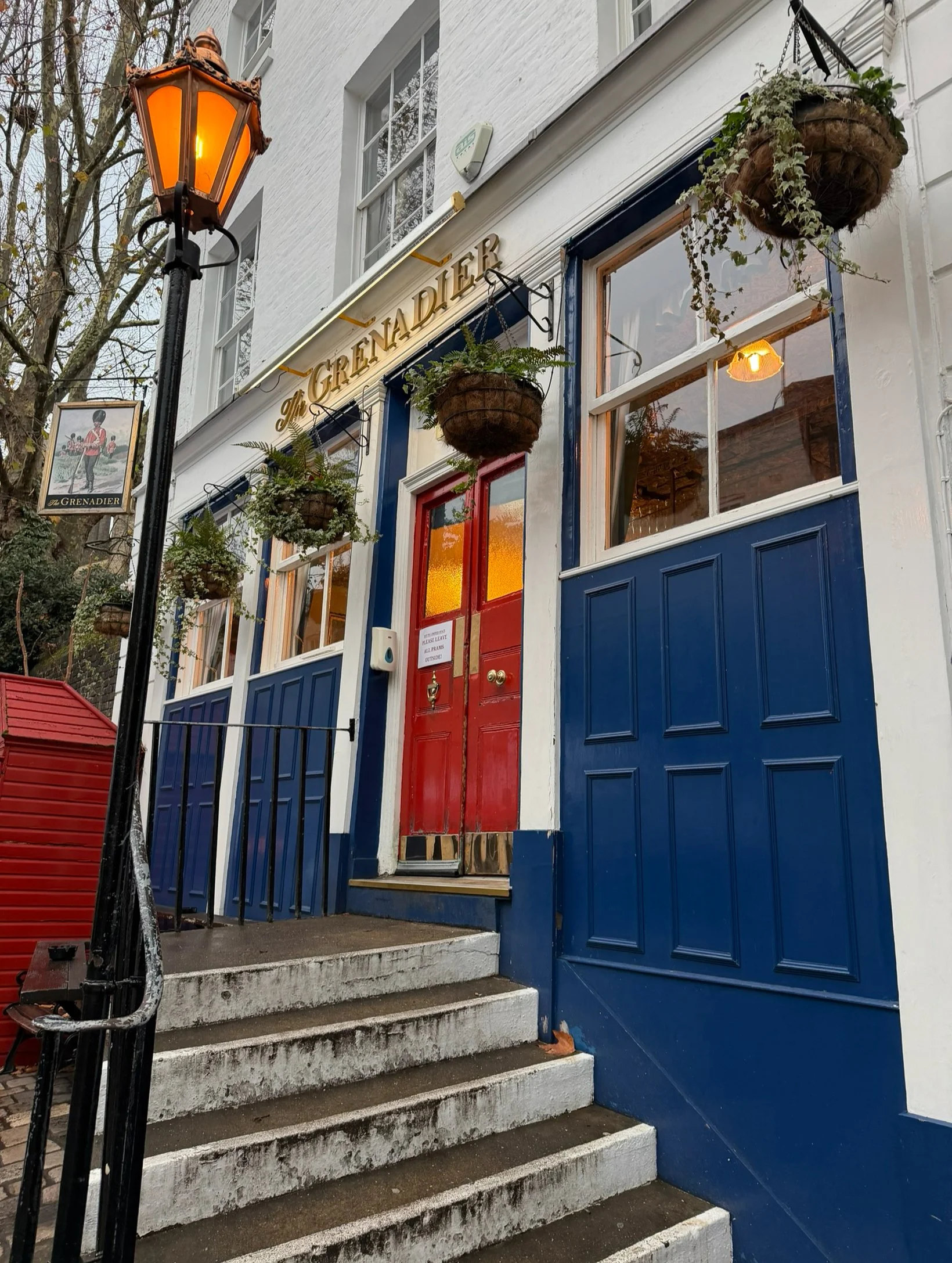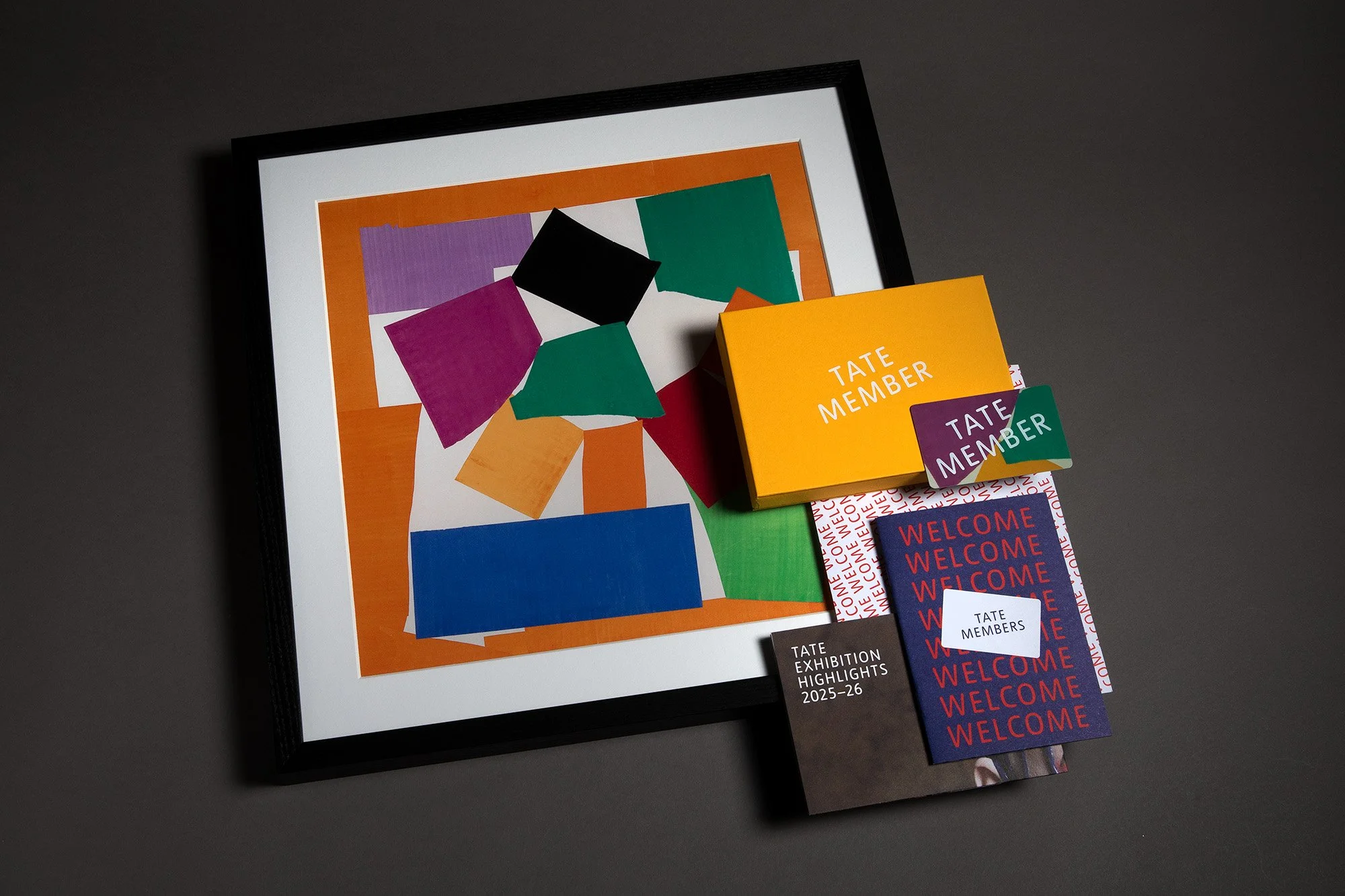What’s happening in the English Channel?
In the past few months, the media has reported on the increased number of people making the treacherous journey across the English Channel to the UK. Coming from war-torn countries, stricken with violence and often poverty, asylum seekers are forced to pay extortionately high prices to people smugglers and traffickers to make the crossing on rubber dinghies, the majority of which are overfilled and inadequate for the journey.
Before exploring some of the commonly asked questions about this crisis, it is important to outline the distinctions between a migrant, an asylum seeker and a refugee. The term ‘migrant’ generally refers to a person who leaves their home country to seek work or better living conditions in another country. By contrast, an asylum seeker is someone who has left their home country out of fear of being persecuted or suffering violence. An asylum seeker is also used to describe someone who is seeking refugee status under the 1951 Refugee Convention. Therefore, the terms ‘refugee’ and ‘asylum seeker’ are used throughout this article, as opposed to the term ‘migrant’. Although the crisis happening in the Channel, and indeed further afield, has been termed the ‘migrant crisis’, we feel the word ‘refugee’ correctly describes those making the journey to the UK.
Here are some answers to commonly asked questions about the crisis and how the UK Government is responding to it. We hope to raise awareness of the issue and to keep our readers informed of what’s really happening at the UK border.
When did the crisis start?
Between 2015 and 2019, the European Union declared a refugee crisis which was characterised by an increase in people entering Europe to seek asylum. Although people had been crossing European borders for some time, media attention around the issue increased after images of Aylan Kurdi, a three-year old Syrian boy found washed up on the coast of Turkey, circulated in September 2015. Kurdi and his family had been fleeing Syria which, following the outbreak of the civil war in 2011, had been home to violence and unrest. Whilst crossing the Mediterranean from Bodrum, Turkey, the boat Kurdi and his family were on capsized due to it being overfilled. Kurdi’s body along with the body of another child were found on the shore of a Bodrum beach hours later.
More recently, in October 2019, the media reported the death of 39 people who had been found in the back of a refrigerated lorry, highlighting the risks attached to making the journey to Europe. Reports surfaced that the 39 people in the lorry had been trapped in the vehicle for hours causing them to suffocate.
Other stories have regularly made the headlines with news that asylum seekers have been found drowned off the coast of Mediterranean countries after being aided by people smugglers. The Guardian reported in 2018 that roughly 27,000 people had died since 1993 attempting to reach Europe.
For those who have made it to Europe, this isn’t even close to the end of their story. Although people might manage to reach the continent, often they have no means of setting up their lives here. Many become trapped in camps whilst waiting for their applications for asylum to be approved. One of the most famous camps which attracted significant media attention was known as ‘The Jungle’ located on the coast of Calais, France, where people were waiting to cross into the UK or to have their applications approved by the French government for settlement in the country. Greek islands such as Lesbos have also been home to refugee camps, including the infamous Moria camp which housed more than 20,000 people at one time.
Where are asylum seekers travelling from?
Of those who have crossed into Europe between 2015 and 2019, the majority have come from Syria, a country which has been in a state of civil war since 2011. In the early 2000s, a series of anti-government protests – known as The Arab Spring - erupted in the Middle East fighting against oppressive regimes in the region as well as the poor standard of living. In 2011, influenced by protests in countries such as Tunisia and Libya, Syrian citizens took to the streets to protest the imprisonment of a man following an assault committed against him by a police officer on the streets of Damascus, as well as the arrest of 15 children who had written anti-government slogans. The Assad government opened fire on the protesters triggering a civil war which has so far led to 5.6 million people fleeing the country.
A large number of people from Afghanistan and Iraq have similarly attempted to flee to Europe. Afghanistan has experienced violence for decades, much of which can be dated back to the 1979 Soviet invasion of the country which aimed to support the communist government in power at the time. Since then, Afghanistan has been a battleground for western and eastern powers signified by the arming of Mujahideen rebels in the 1980s and the later 2001 United States invasion. Over the next two decades, the country experienced attacks from terrorist organisations including the Taliban and the Islamic State.
Iraq has also been home to violence since the United States invaded the country in 2003 in an attempt to oust the Hussein government. Since then, Iraq has been destroyed by war and occupied by Islamic State forces.
Image: Phil Botha
What has been Britain’s response to people crossing the Channel?
Britain has witnessed an increase in people crossing the English Channel since late 2018. However, a report by Sky News showed that more people had travelled to the UK in this way in the first half of 2020 than in the whole of 2019. This news triggered an aggressive response from the Home Office who have been working to prevent people entering the UK as opposed to implementing policies that get to the root of the problem.
In October 2020, plans by the government department were leaked revealing that Home Secretary Priti Patel and her officials wanted to build a floating wall in the English Channel (though Patel has insisted the idea was only part of a brainstorming session). Patel is also said to have considered plans to ship refugees off to Moldova, Morocco or Papua New Guinea, effectively pushing the issue onto another country. More recently, she is said to have toyed with the idea of using big nets to prevent crossings (a strategy laid out by Dan O’Mahoney in The Sunday Telegraph). Patel’s policy of building a floating wall is very similar to one actively pursued by the Australian Government, Operation Sovereign Borders, which prevents small boats from physically entering Australian waters. Although the policy has been extremely successful, it is coupled with stories of abuse and displays a lack of compassion towards asylum seekers.
The policy is also reminiscent of President Donald Trump’s 2016 election promise that he would build a wall between the US and Mexico stating: “I will build a great, great wall on our southern border and I’ll have Mexico pay for that wall… We are out of space to hold them [Mexican migrants] and we have no way to promptly return them back to their home country.” Civilians in Mexico find themselves in similar situations to those who have made the journey to Europe in that drug cartels have a significant amount of power within the country, causing widespread violence and fear.
In addition, given the circumstances faced by those from war-torn countries, many families feel they have no other option but to leave their homes in pursuit of survival. Rather than viewing those crossing the channel as people in need of support and help, Patel and the Home Office have taken a view that the problem is to be dealt with by another country. Instead of assessing why people have to make these treacherous journeys, a quick solution is being searched for, one that dehumanises asylum seekers.
Anti-immigration sentiment
To understand the response by the UK government, it is crucial to look at the recent history of immigration and anti-immigrant sentiment in Britain. Since the end of the Second World War, the UK has invited people to settle in the UK through legislation such as The British Nationality Act (1948), which welcomed the Windrush Generation.
However, the UK’s decision to join the European Economic Community (EEC) was a real turning point. In 1973, the UK joined the EEC which formed the basis for the European Union (established in 1993 under the Maastricht Treaty). Under Article 45 of the Treaty on the Functioning of the European Union, citizens of member states were entitled to work in other EU countries without needing a work permit. A report from the Office of National Statistics shows that from 1994 the UK experienced an increase in immigration, which rose significantly after 1997.
Since joining the EEC/EU, there have been calls to host a referendum on whether the UK should remain in it. In 1975, Prime Minister Harold Wilson allowed a referendum to take place resulting in 67% of people voting to remain. However, the 2016 referendum marked a real shift in sentiment towards the EU, in particular the principle of Freedom of Movement that came with it.
In 2013, in order to create support for the Conservative Party, David Cameron, then leader of the party, announced that were they to win a majority in the election, an EU referendum would be held allowing the public to choose whether they wanted to leave or remain. Cameron stated: “It’s time for the British people to have their say. It is time to settle this European question in British politics. I say to the British people: this will be your decision.”
Key players such as Nigel Farage of the UK Independence Party (UKIP) had been drumming up support for leaving the EU, largely on the grounds that membership was allowing uncontrolled immigration to flourish. For example, in June 2016, Farage was criticised for a poster with the slogan: “Breaking point: the EU has failed us all” with an image of non-white migrants and refugees. Farage was criticised for attempting to incite racial hatred but in spite of this, he achieved his goal of creating an environment where anyone who wasn’t white in the UK felt that they didn’t belong in the country.
Additionally, between 2010 and 2016, the Conservative government launched a hostile environment policy. During 2012, Theresa May, then Home Secretary, stated she had plans to: “create a really hostile environment for illegal migrants”, so much so that they would leave voluntarily. To try and enforce this policy, the UK Government passed the Immigration Act of 2016 which required landlords to check the immigration status of their tenants. Those who did not have the correct documents were denied tenancy agreements. The UK government also launched “Go Home” vans which travelled around with the slogan “go home or face arrest” on the sides of them, stirring up a sense of unease for those who had chosen to settle in the UK and a feeling of hostility towards them. The campaign had similar overtones to that of the propaganda spread by Farage and the UKIP party.
In 2016, the EU referendum took place, resulting in 52% of the population voting to leave. Although there were other issues on the ballot at the time such as the UK wanting to regain its sovereignty, immigration was one of the largest concerns for voters. A 2018 report showed that since 2012-13, there has been a 123% increase in hate crime offences, implying that the referendum resulted in increased hostility towards immigrants in the UK.
Why has there been an increase in people crossing the Channel - specifically this year?
In the first half of 2020, records show that 3,713 asylum seekers attempted to travel to the UK from abroad. Since July 2020, more than 1,000 have made the journey, an increase that can largely be attributed to Brexit.
Image: Luke Moss
Although the UK officially left the EU on 31 January 2020, the country is still in a transition period meaning not all aspects of the withdrawal agreement have come into force yet. On 31 December 2020, the UK will no longer have to abide by the customs regulations of the EU; the government will therefore have the final say over its immigration policy. Fears for refugees are that once new immigration rules come into effect it will be much harder to make the journey. With the UK no longer in the EU, the country will have less people to answer to, making it easier to enforce policies that significantly harm those trying to escape violence.
There are also fears that once the transition period ends, the cost of making the journey across the Channel will increase. It has been reported that asylum seekers are usually forced to pay between £3,475 and £5,210 to make the journey but this could increase significantly in 2021.
What can you do to help?
Former Labour cabinet minister Tony Benn once said: “How a government treats refugees is instructive – it shows how they would treat the rest of us if they thought they could get away with it.” In a similar vein, David Lammy, MP for Tottenham, recently appeared on LBC Radio, urging listeners to consider what it must be like to ‘gather up your children in a small dinghy with some paddles and take your life and their life in your hands and make your way across the water from Calais across to Kent.’ If you’re passionate about helping to find a solution for those crossing the Channel to escape violence, here are several things you can do:
Write to your local MP
The only way change happens is by speaking out. If you feel strongly about what’s happening to asylum seekers and refugees in the UK, writing to your MP is an excellent idea as they’re there to represent the views of his/her constituents. Making your opinion known is a good way to encourage action.
Support a refugee charity
There are many charities working tirelessly to help people [MT6] travelling to the UK. You can donate to these charities either through a monetary contribution or through offering your old belongings. Charities such as Refugee Action, Action Aid and the British Red Cross all have active campaigns to help home and support refugees.
Refugee Voices
Being informed and learning about the experiences of refugees is also important. Refugee Action has a Refugee Voices page which gives you an insight into what life is like for those coming to the UK from devastating circumstances.
Words by Emma Chadwick













